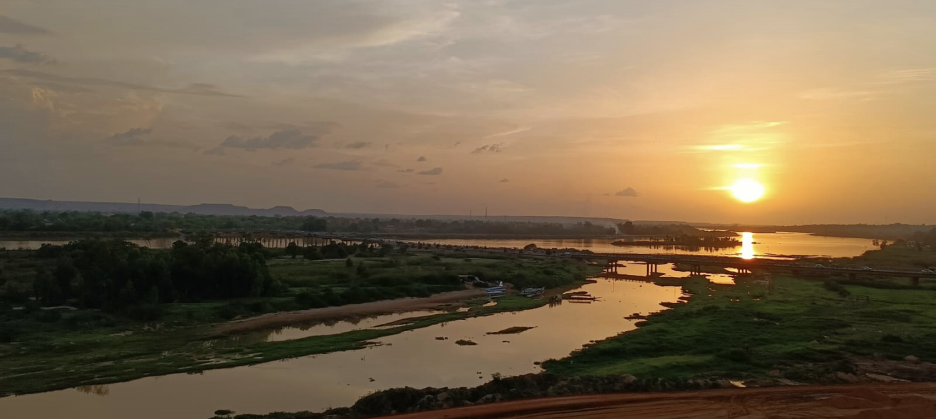

CHI Update: Heritage Documentation on the Verge of a Coup D’État
By Alia Fares
Following the recent success of ASOR’s documentation programs in Tunisia and Morocco, we have recently expanded these efforts to the broader Sahel region, including Burkina Faso, Niger and Mali, thanks to the support of an anonymous donor. After several months of virtual online training using tutorials that are freely available in English, Arabic and French on ASOR’s website, we embarked on a series of field training exercises in Burkina Faso and Niger.
In Niamey, we were met by Dr. Maki Garba, Director of Culture Arts et Humanité, a Nigerien non-profit with a broad cultural mandate, and the team of Oralité Plus, another NGO working at the intersection of culture and literacy efforts. Both partner organizations have been working for decades to improve heritage awareness in Niger.
Dr. Garba, an archaeologist by training, had previously directed Niger’s national museum, as he spent his career finding new ways to share Niger’s rich heritage with the public. As he expressed it: “We have an obligation to create awareness, to teach the local political figures and religious leaders, who would hopefully teach others, to pass the message, from village, to town, to city, therefore reducing destruction to our cultural heritage, helping locals understand the utility of their heritage and its importance for our history and identity.”
Rahina Balarabé, the director of Oralité Plus, approaches heritage from her perspective as a storyteller. To her, documentation tools that ASOR shared are most interesting for their potential to document intangible heritage, such as orally transmitted ancient stories of the people of Niger. She said: “Stories are part of us, stories have always existed here. Stories were the first school, that’s where the messages were transmitted before. It was through stories that children were educated; the wise men conveyed all the messages there.” According to Ms. Balarabé, storytelling is a tradition that is dying out and she has made it a point to revive it in her festivals and by training others to document it.
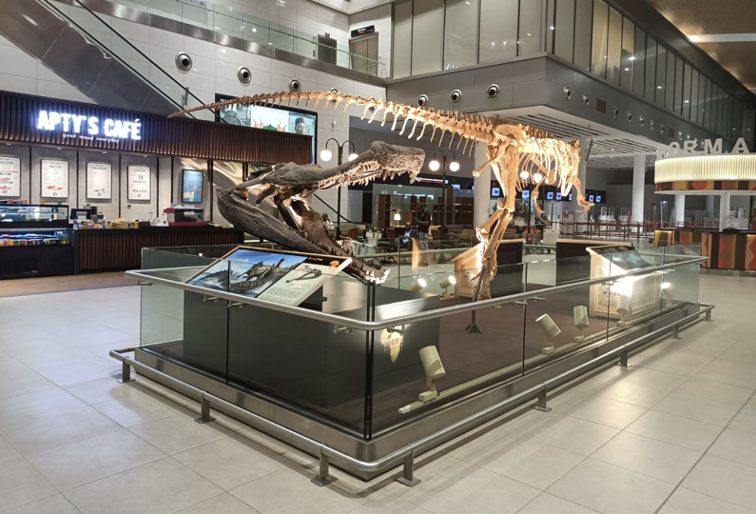
The Dinosaur exhibition at the Niamey’s airport. Photo: Alia Fares.
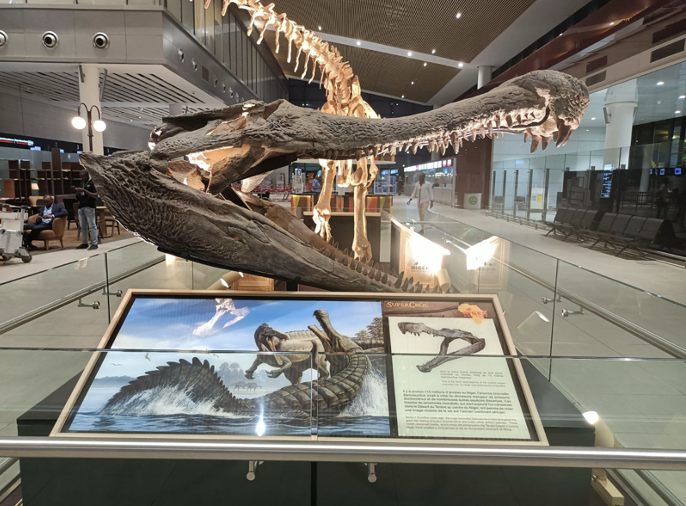
A skull replica of the largest prehistoric crocodile that roamed the planet. Photo: Alia Fares.
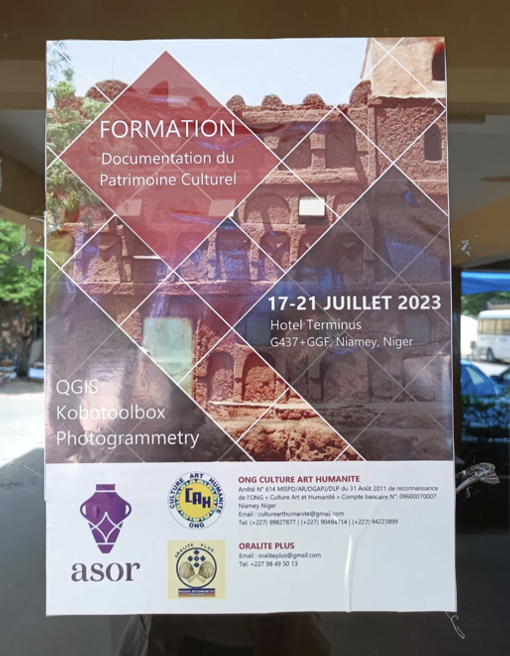
The heritage documentation training poster in Niamey. Photo: Alia Fares.
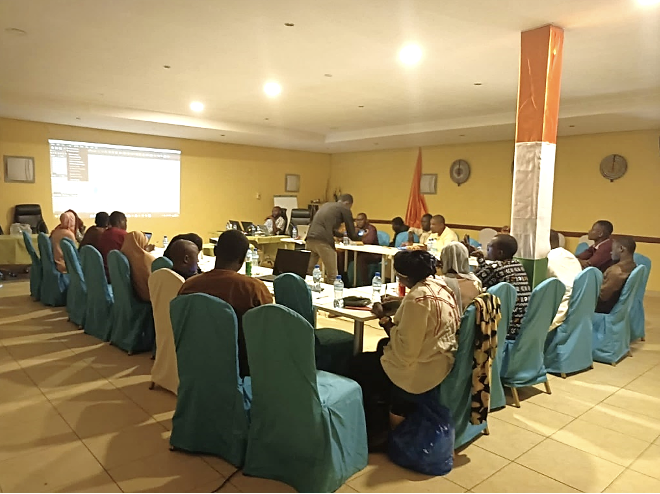
The participating trainees at hotel Terminus in Niamey. Photo: Alia Fares.
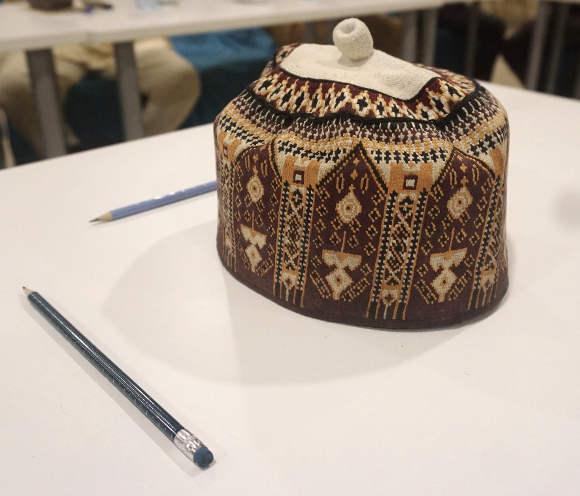
Testing photogrammetry and 3D modeling to a traditional Nigerien hat. Photo: Alia Fares.
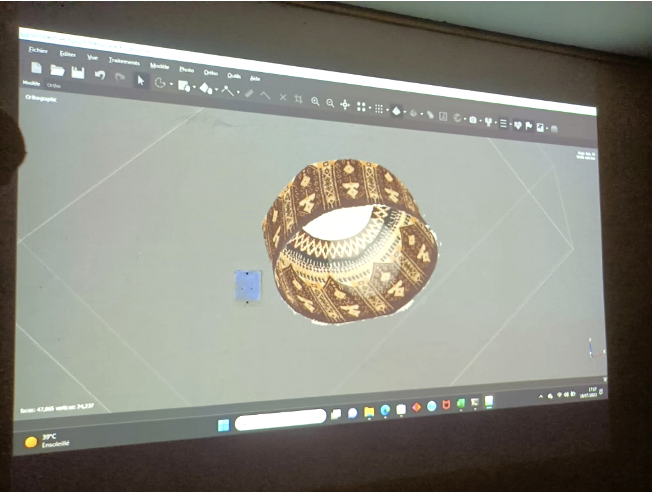
3D model of the traditional hat with Agisoft Metashape. Photo: Alia Fares.
After two full days of theoretical sessions with 22 trainees, we embarked on a series of site visits, beginning with one of the most remarkable cultural heritage traditions in Niger, the ceramic workshops of Boubon. Boubon is a village lying along the Niger river north of Niamey. It made a name for itself with its women potters, who produce terracotta jars with dazzling patterns. Accompanying us was the conservator, museologist and previous museum director in Niamey, Maman Ibrahim. His interest in preserving the pottery legacy of Boubon led to various exhibitions portraying the women’s pottery heritage production.
The traditional method of baking the jars would require piling the jars and amphorae, covering them completely with wood branches and leaves and leaving them to burn overnight. Unfortunately, this process can often cause jars to break. Therefore, more modern kilns made of trapezoidal mudbrick chambers were developed to reduce loss. In addition to the pottery, the ladies recently began to produce ceramic tiles, which can be used in floors and bathrooms, as well as wall plastering, all produced in various shapes and forms.
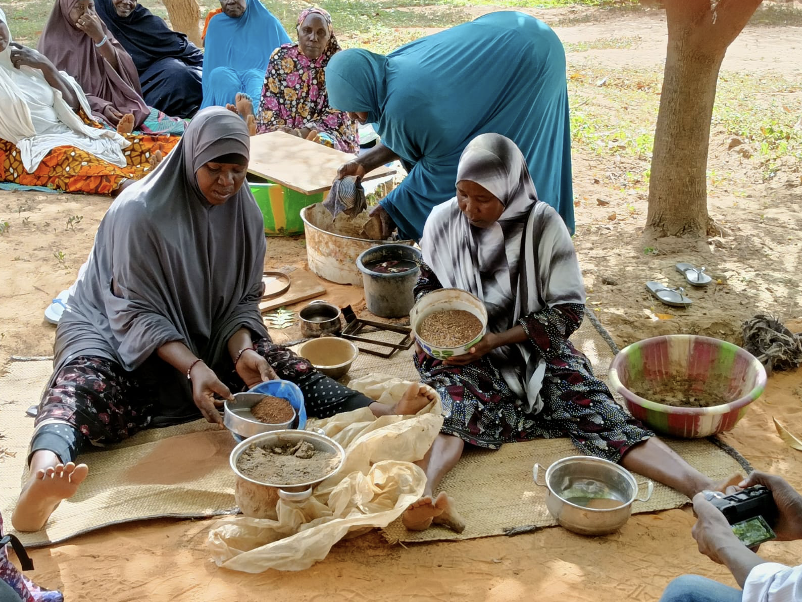
The pottery ladies of Boubon, while preparing the mix to create a pottery jar and the ceramic tiles. Photo: Alia Fares.
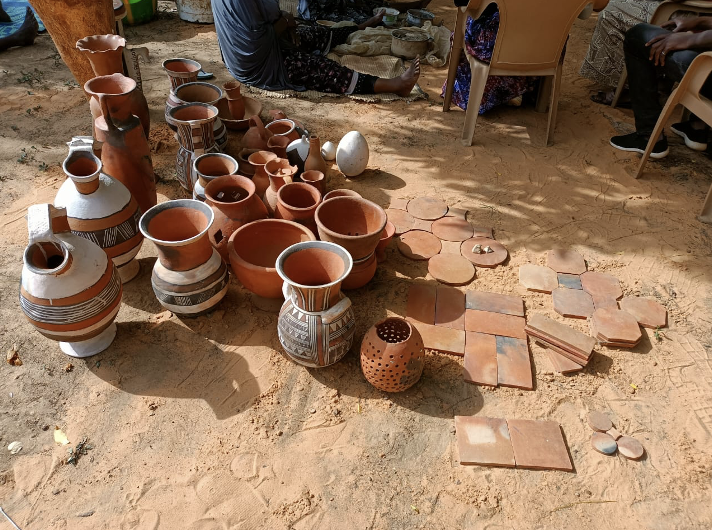
Samples of pottery vases, jars and jugs, with decorated pattern from Boubon, as well as ceramic tiles in various forms. Photo: Alia Fares.
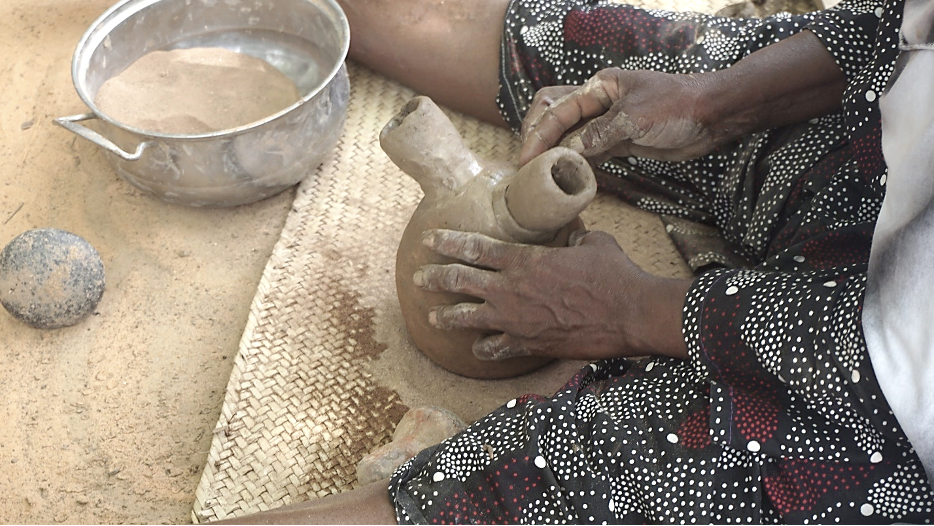
Molding the soft paste into a double-nosed juglet. Photo: Alia Fares.
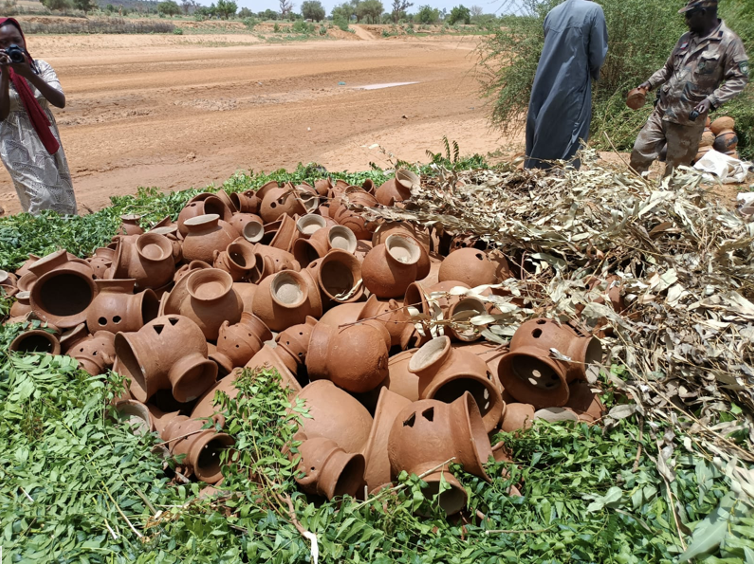
Traditional form of baking pottery jars by completely covering them with leaves and tree branches and burning them together. The process often results in several broken pots. Photo: Alia Fares.
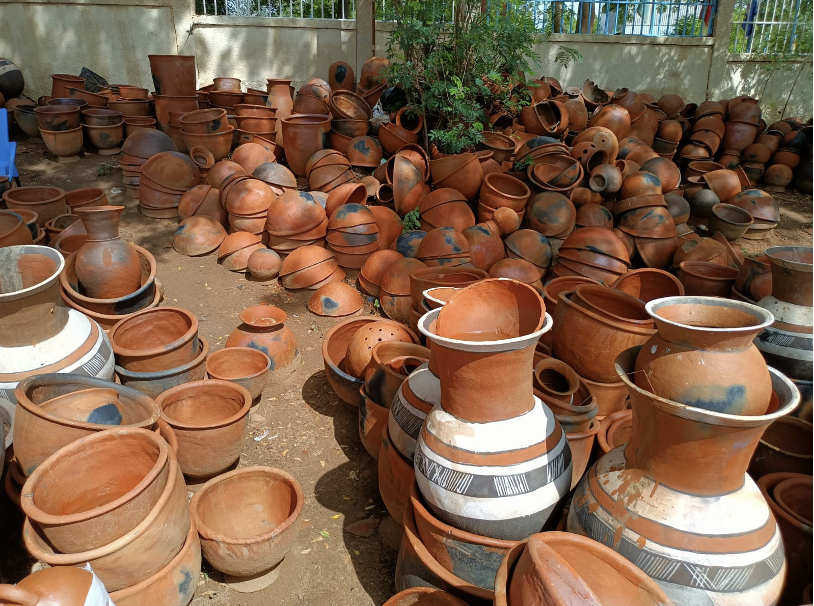
Hundreds of pottery jars at the entrance of the national museum, waiting to be bought by tourists, who have stopped coming the past few years due to political instability. Photo: Alia Fares.
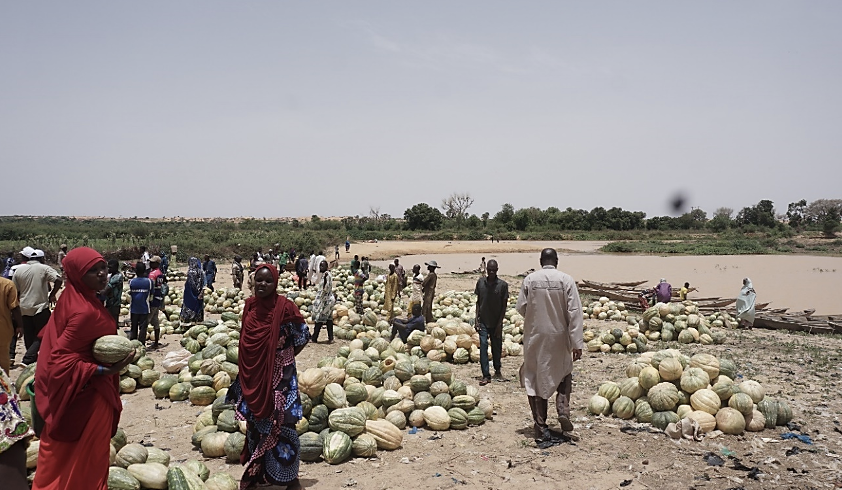
Zucchini sellers at the famous Boubon market close to Niger river. Photo: Alia Fares.
The following day we targeted the national museum of Niamey and visited the different halls with the target of creating 3D models with photogrammetry and Agisoft Metashape. Inspired by Tuareg patterns and colors, the museum’s architecture is reminiscent of the country’s architectural legacies. A brick façade covered in white plaster with a blue rosette pattern, with a spear-headed upper balustrade. Conservator Mr. Ibrahim accompanied us, guiding us through the 9 diverse exhibition halls, each displaying a different topic. Adjacent to the national museum is the department of archaeology of the University of Abdou Moumouni in Niamey, as well as that of Arabic manuscripts and Ajami text. Everyone expressed the hope that the displays, particularly those for the archaeological collections, will eventually be upgraded.
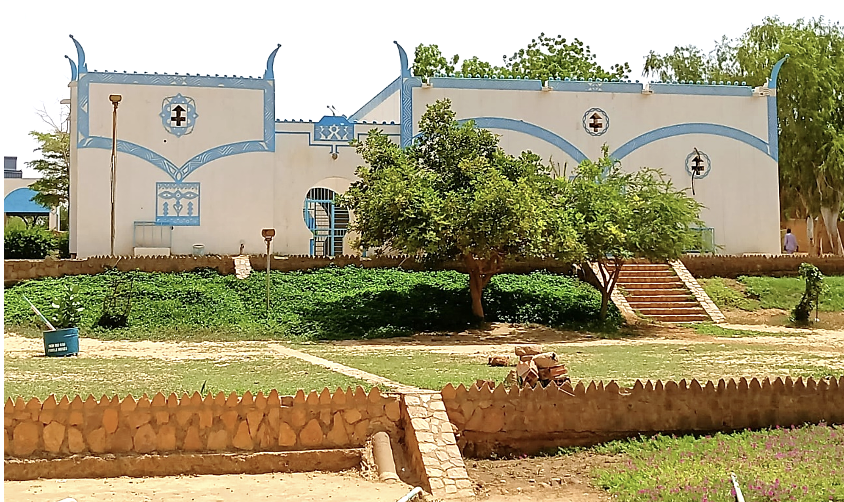
The national museum of Niger in Niamey, built in traditional architectural Tuareg style motives. Photo: Alia Fares
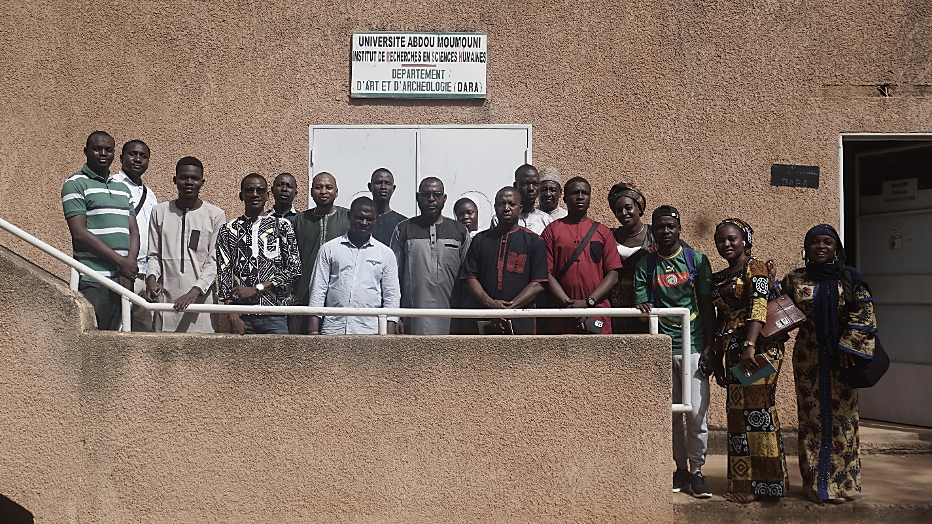
In front of the entrance of the Department of Art and Archaeology at the University of Abou Moumouni in Niamey. Photo: Alia Fares
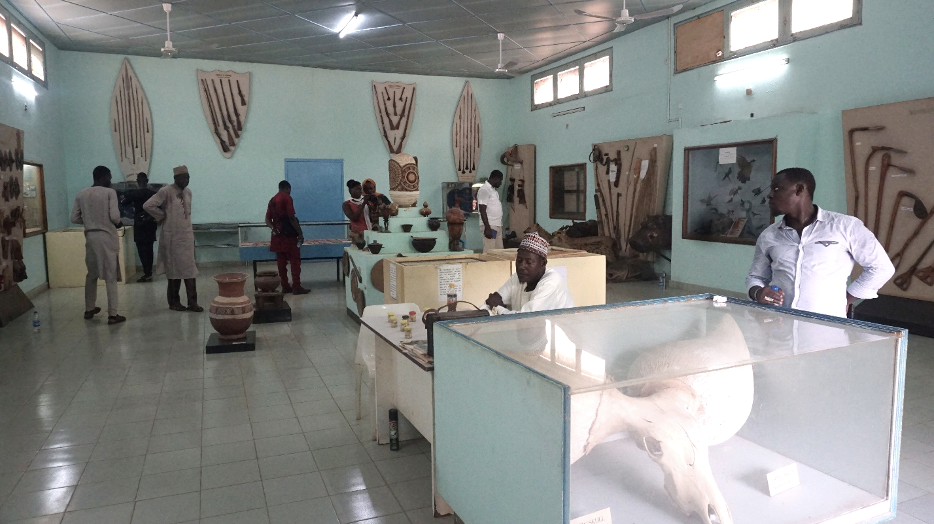
Visiting the ethnographic exhibition at the National Museum in Niamey, to attempt 3D modelling of various artefacts with Agisoft Metashape. Photo: Alia Fares
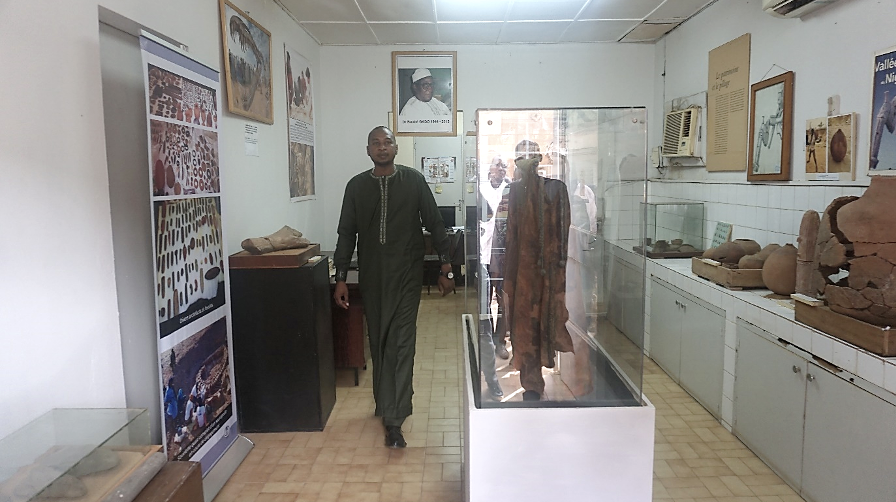
Visiting the archaeological laboratory at the University of Abou Moumouni. Photo: Alia Fares
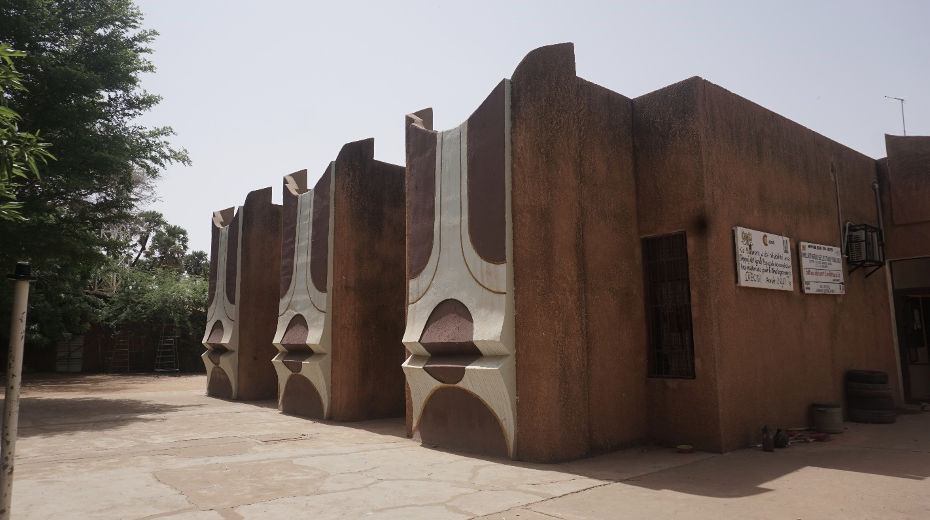
Visiting the national Public library of Niamey with its vernacular styled façade. Photo: Alia Fares.
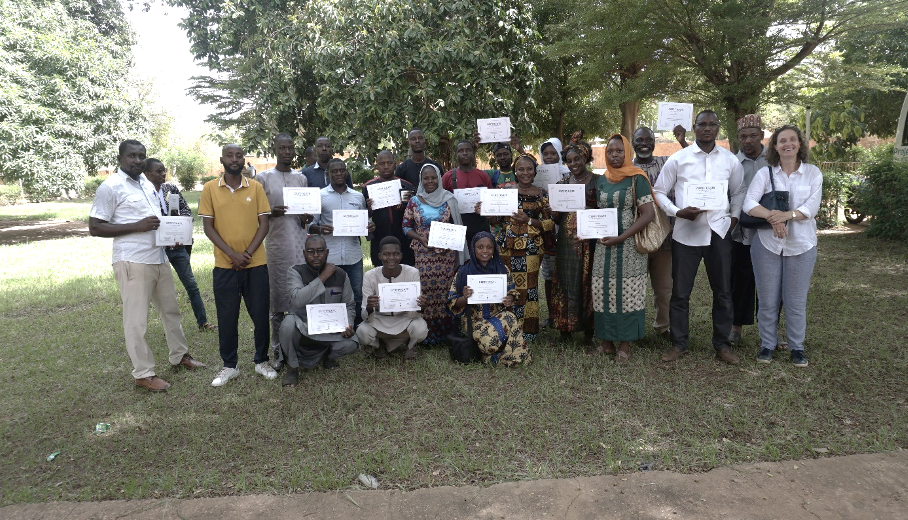
Certificate awards ceremony at the garden of the public library with all participants.
On 26 July 2023, just three days after the conclusion of our workshop, the Nigerien army seized power in Niger with a coup d’état, creating a political crisis and leading to global condemnation. A series of restrictions on trade, banking and border crossing were implemented following the coup, intensifying existing humanitarian needs. Anti-French pronouncements in Niger have led France to stop all cultural heritage project funding.
Our partners report that it remains possible to conduct the heritage documentation projects we have planned, even if it is currently impossible for foreigners to travel to Niger. Will ASOR have a chance to return and continue with joint field projects? For the moment, the answer to this question remains unclear. We remain optimistic and grateful to our partners, who determinedly wish to pursue heritage documentation at a time of increasing uncertainty and instability.
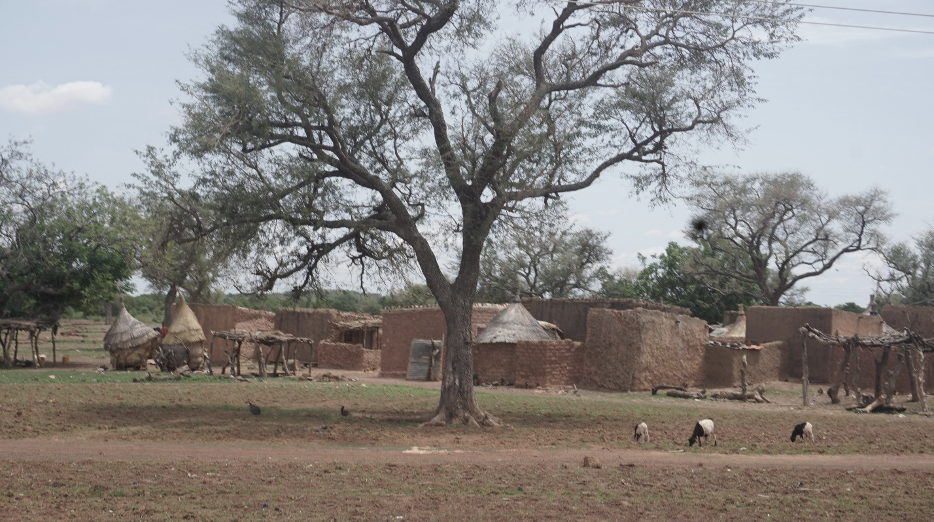
Photo: Alia Fares
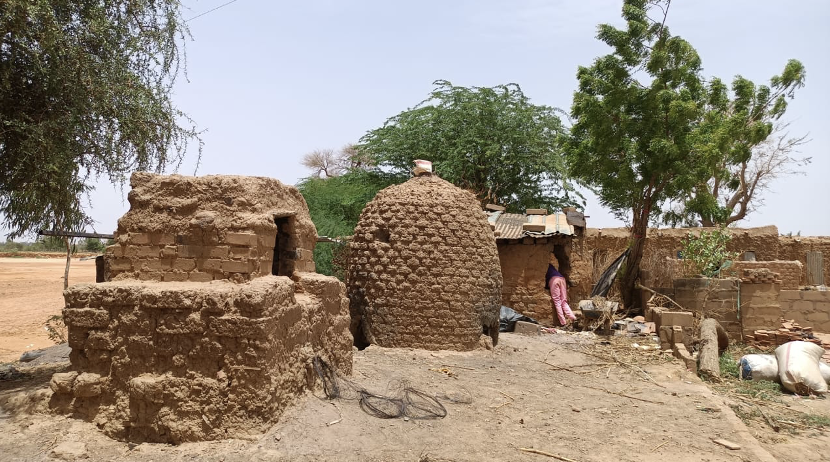
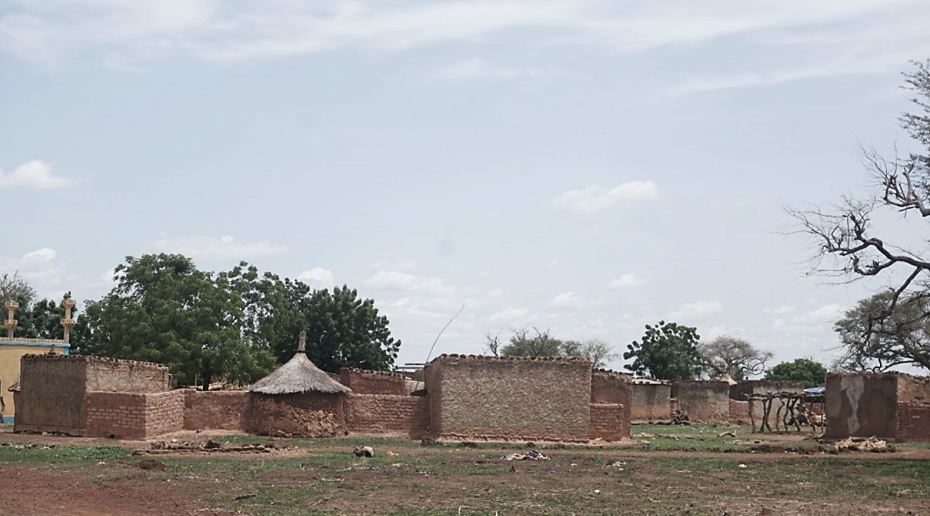
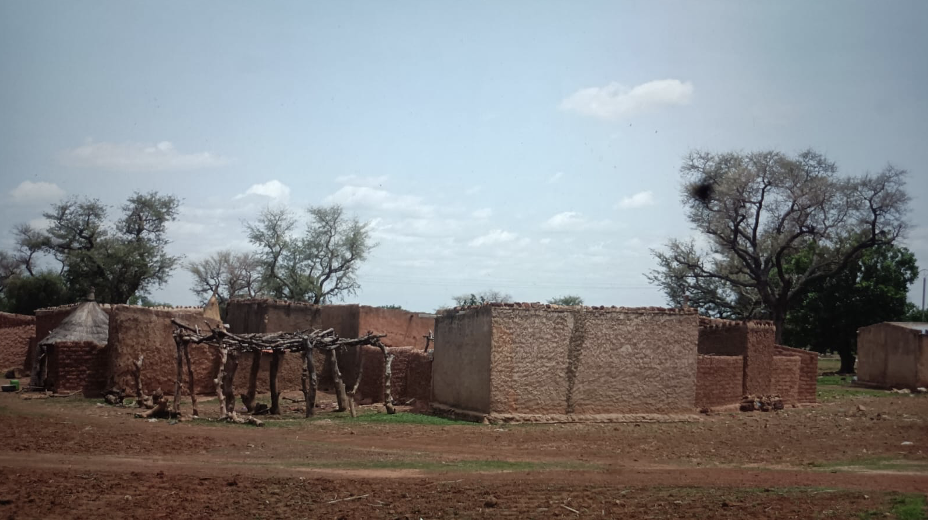
Vernacular architecture. Photo: Alia Fares.
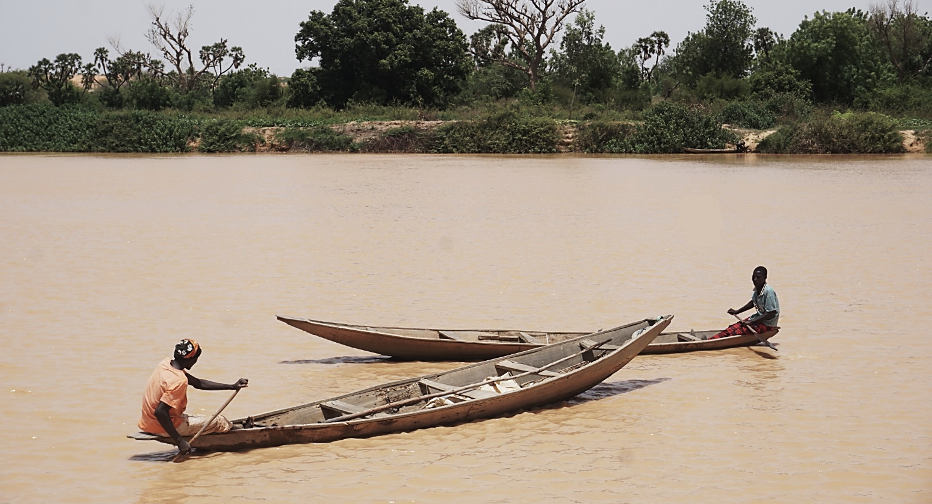
Boatsmen along the Niger river in front of the Island of Dambou, where a decade ago tourists would camp in tents, to be attended to by the locals. Photo: Alia Fares.
